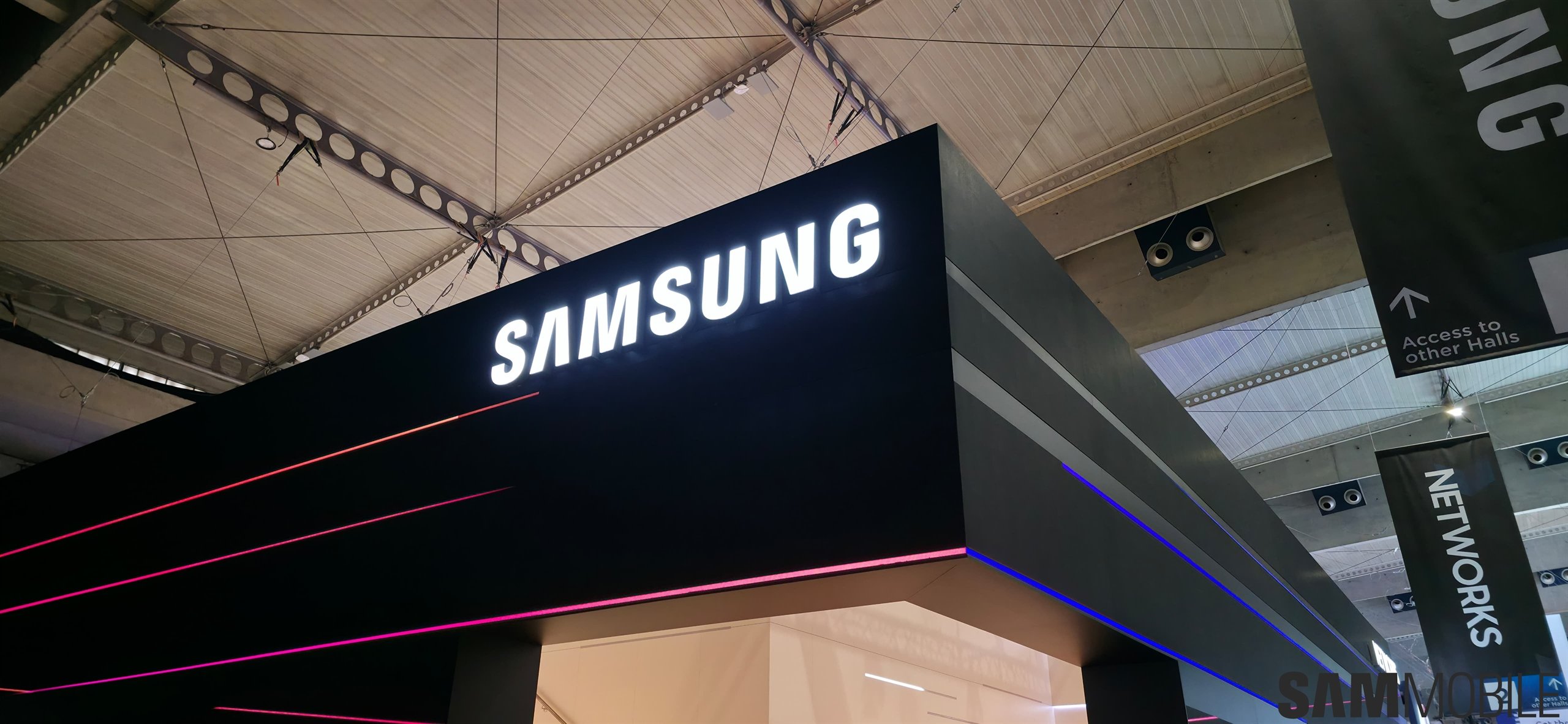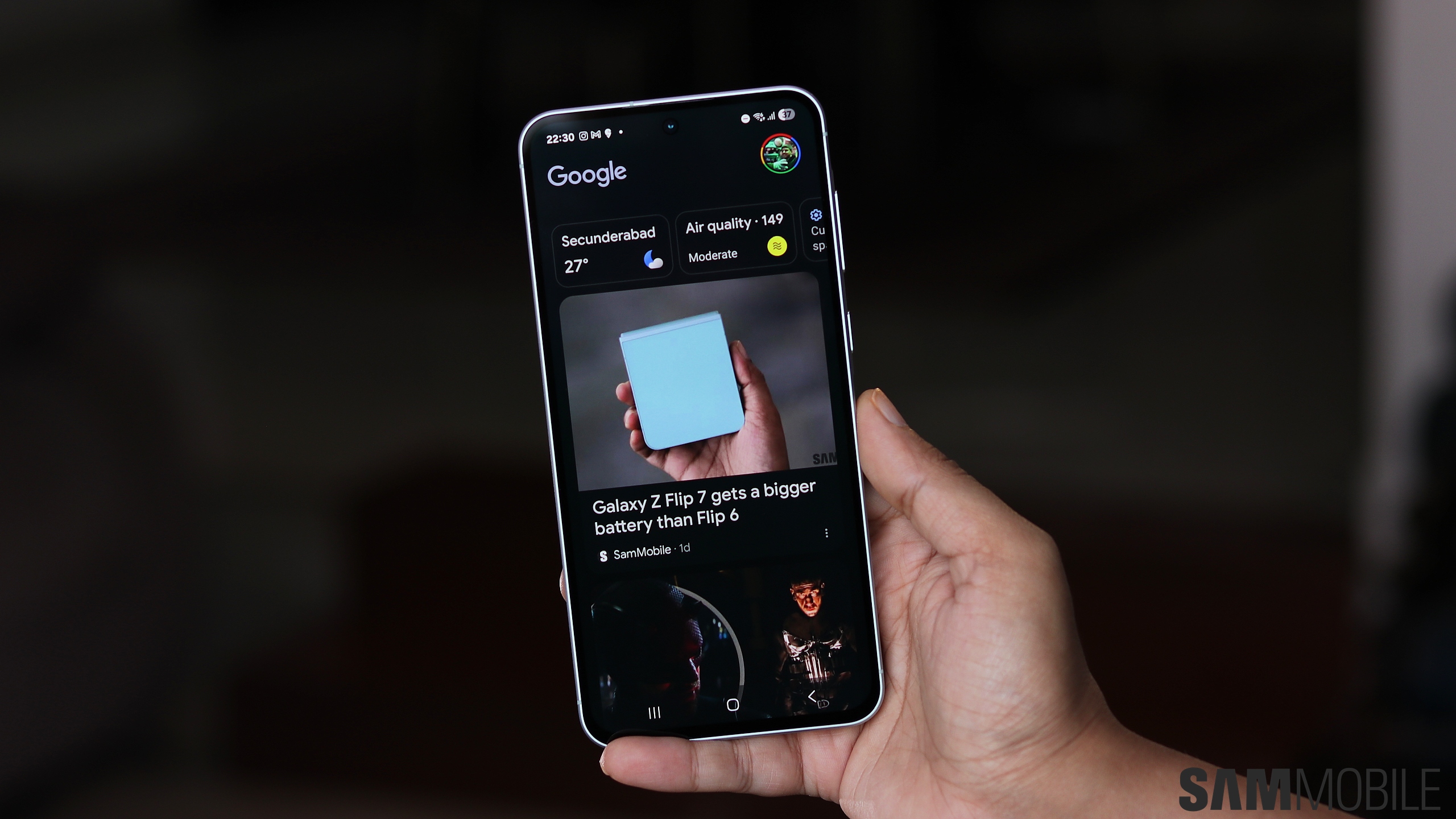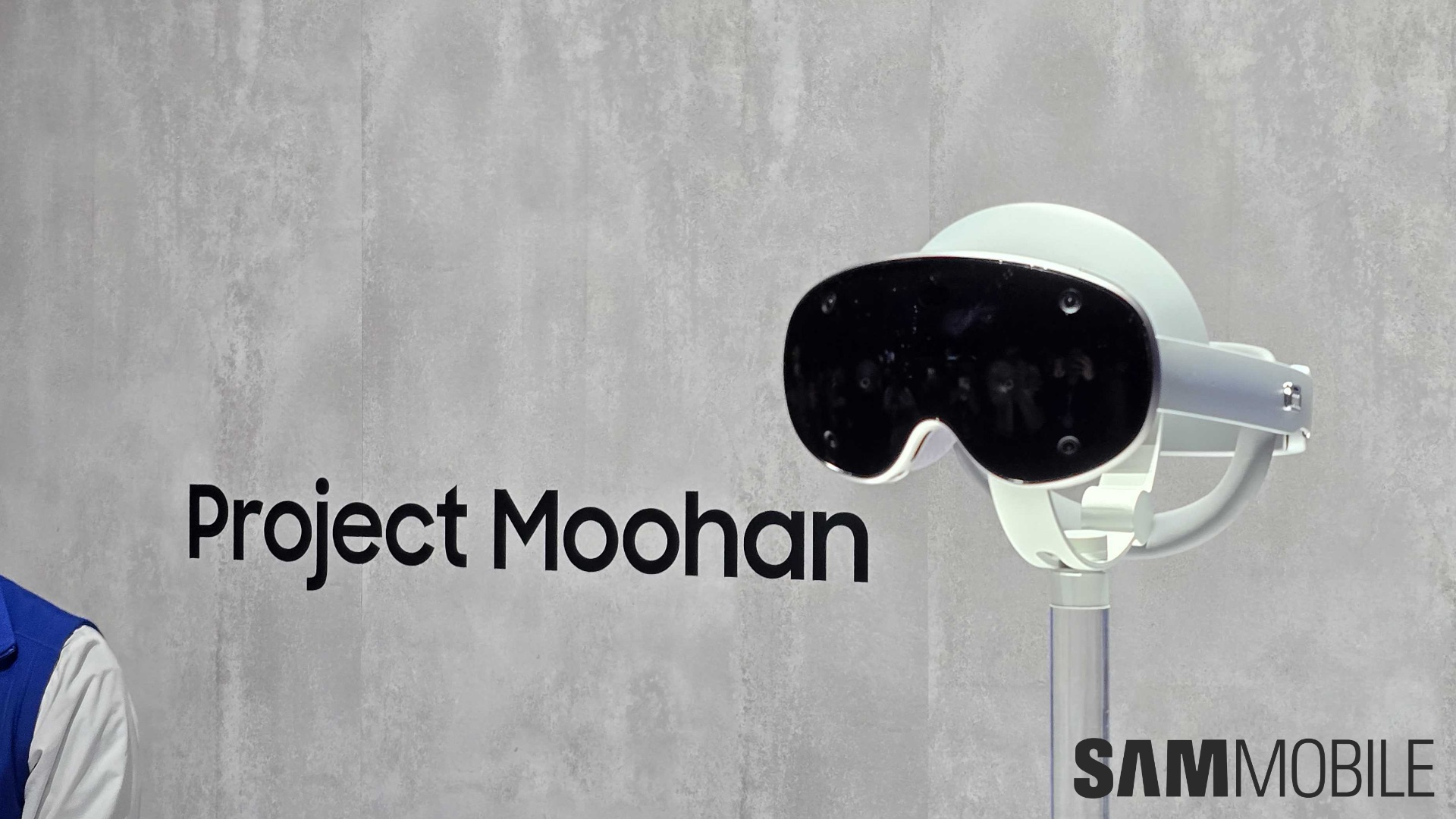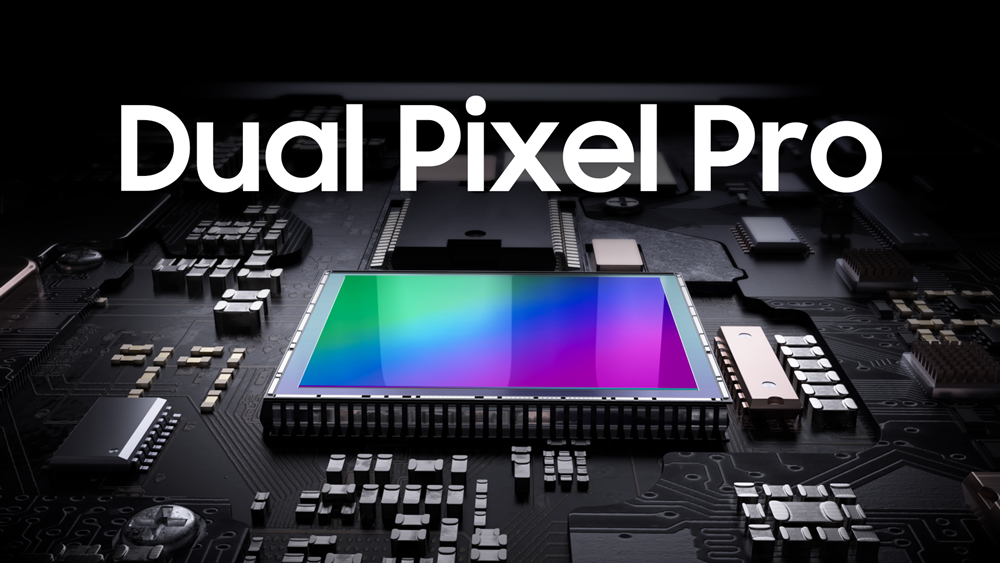
According to a new report, the Pixel 8 lineup could feature Staggered HDR functionality, something that's missing from the Pixel 6 and the Pixel 7. The existing Pixel phones use the ISOCELL GN1 camera sensor, which lacks Staggered HDR. However, Samsung's more recent high-end camera sensor, the ISOCELL GN2, features Staggered HDR for better dynamic range in photos and videos. The Pixel 8 series could use Samsung's ISOCELL GN2 as the primary sensor.
Google Pixel 8 could use Samsung's ISOCELL GN2 camera sensor
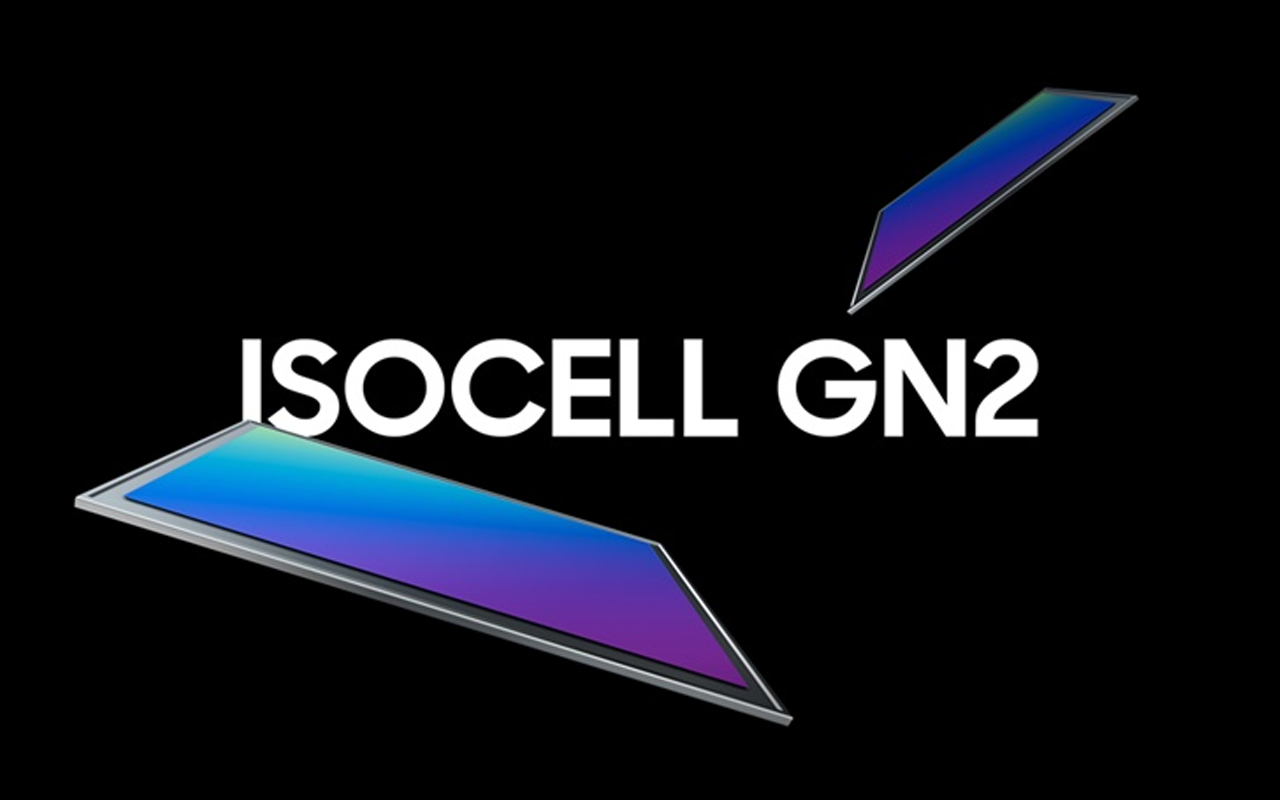
Developer Kuba Wojciechowski, who usually uncovers upcoming Google devices and features through an APK teardown process, has revealed that the latest version of the Google Camera Go app has gained support for the Staggered HDR feature. The 50MP ISOCELL GN2 is a 1/1.12-inch sensor, bigger than the ISOCELL GN1's 1/1.31-inch sensor. It should result in improved image quality, thanks to bigger pixels and Staggered HDR.
Google's original HDR+ feature captured a series of short exposure frames, but it was later updated to capture five short-exposure frames followed by a long-exposure frame (after the shutter button is clicked). In comparison, Samsung's HDR algorithm captures one short-exposure frame, one medium-exposure frame, and one long-exposure frame, which are then merged into a single HDR image.
Samsung claims that the ISOCELL GN2's Staggered HDR is a better and more efficient way to capture images with a wide dynamic range. The company claims the new sensor is 24% more power efficient due to its newer method of capturing images. It also features an improved autofocus mechanism called Dual Pixel Pro. Hopefully, it should help the Pixel 8 in shooting better photos and videos.














